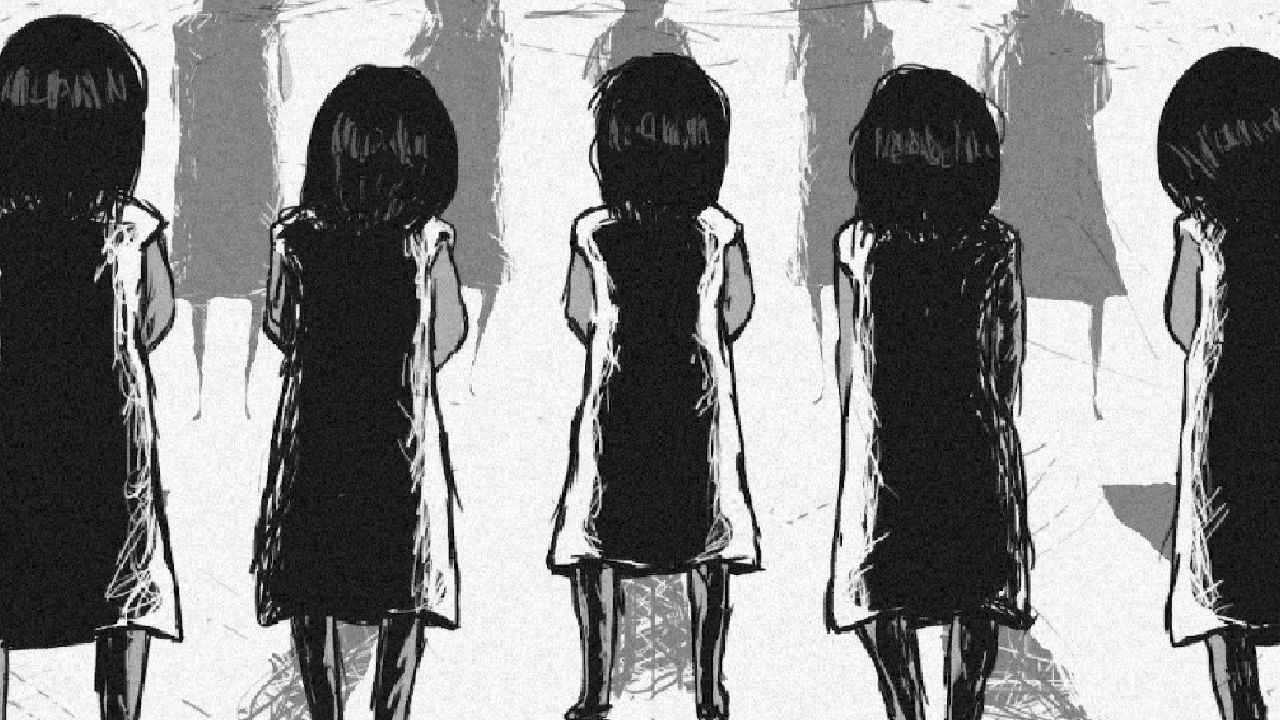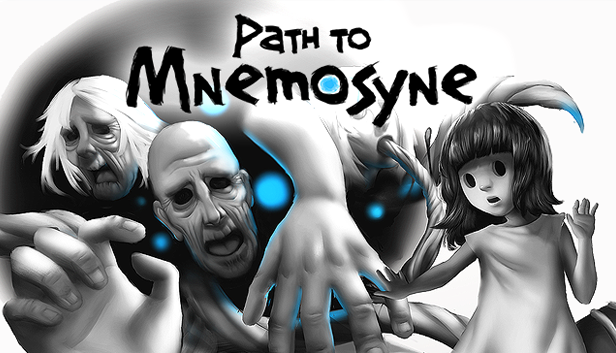Path To Mnemosyne (itch) Mac OS
Serato-itch-sync - Map one-to-one your directory structure to Serato parent crates and subcrates (al
Versions / HistoryIntroductionWhy the tool was created and why should I use it?How does it work?How do I run it ?Mac OSWindowsGraphical vs. Command-Line execution modeOptional settingsClear Serato library prior to syncScreenshotsBefore syncRunning the toolOriginal music collectionImported into Serato ITCHFAQI don't have Java installed on my computer. Will the tool work?What versions of Serato ITCH are supported?Does it work with any versions of Serato Scratch Live?Will the tool delete any data from my Serato?Community & Support Versions / History0.1.4 (the latest), released on Sep 26, 2010. Download: http://serato-itch-sync.googlecode.com/files/itch-sync-0_1_4.jar fixed a bug where tracks were showing up as missing when using a library located on external hard drive improved performance of the tool when library sync is performed using an external hard drive added experimental support for video files (.mov, .mp4, .m4a, .avi, .flv, .mpg, .mpeg, .dv, .qtz) 'Subcrates' folder is now created if it doesn't exist, so the tool works correctly with fresh Serato ITCH/ScratchLIVE install 0.1.3, released on Sep 20, 2010. Download: http://serato-itch-sync.googlecode.com/files/itch-sync-0_1_3.jar addressed compatibility issue with Java 1.5, now both 1.5 and 1.6 are fully supported slightly improved error reporting 0.1.2, released on Sep 18, 2010. Download: http://serato-itch-sync.googlecode.com/files/itch-sync-0_1_2.jar added a feature allowing to clear Serato database before sync fixed a bug when top-level music folders without any sub-folders were not showing up as parent crates 0.1.1, released on Sep 4, 2010. Download: http://serato-itch-sync.googlecode.com/files/itch-sync-0_1_1.jar added support for .ogg, .aac, .alac, .aif, .wav fixed a bug when tracks were showing up as missing after import on Windows version of Serato fixed a bug when itch-sync was forcing 'include subcrate tracks' behavior on Windows version of Serato 0.1, released on Aug 26, 2010. Download: http://serato-itch-sync.googlecode.com/files/itch-sync-0_1.jar initial support for library conversion, only .mp3 files are scanned Introductionserato-itch-sync is a helpful utility which allows to map your music collection to Serato ITCH library. It is very easy to use - you just need to specify the location of your music collection and the location of Serato ITCH library. After that the tool will map your directory structure to crates and put all tracks inside -- so at the end you will end up with having one-to-one hierarchical mapping, one crate (or subcrate) for each directory with your music. Why the tool was created and why should I use it?Well, I personally don't let iTunes to organize and manage my music library. Just because I want a different layout of my music on the file system. Unfortunately Serato ITCH doesn't really support 'sync' with the file system, so you have to create the initial crate structure manually. And even worse - if you put new media files into the existing directories, Serato ITCH will not sync with crates and there is no even an option to force the sync. So, the tool is going to be really useful for you if: you are a DJ using Serato ITCH you would prefer to manage you music files on your own and need to keep Serato ITCH with your music library How does it work?As it was mentioned earlier, you have to specify two parameters - the location of your music collection, and the location of Serato ITCH library. The tool will: scan your entire music collection in the location you specified, including all files in all sub-directories populate Serato ITCH library with the corresponding crates, subcrates, and tracks from your music library. If some of the crates already exist, they will be overwritten (which is a good thing, as you can rely the tool and avoid any manual sync actions). Beat grids and all other file-specific parameters will be preserved, as Serato ITCH keeps them in a different place How do I run it ?The installation process is very simple and it consists of two steps. First of all, you download the latest version and put it into any directory/folder on your computer. Let's say '~/serato-itch-sync' on Mac OS, or 'C:serato-itch-sync' on Windows. Second, you need to create the file with settings called 'itch-sync.properties' in the same directory with the following contents (of course, replacing the paths to your libraries). Mac OSFor Mac OS, the properties file should look like: # mode - gui vs. cmdmode=gui# path to your personal music collectionmusic.library.filesystem=/Users/ralekseenkov/Music/iTunes/iTunes Music/Music# path to your serato librarymusic.library.itch=/Users/ralekseenkov/Music/_Serato_Important notes for Mac OS users: make sure to use forward slash in the library paths the easiest way to create a properties file is to open a 'TextEdit', go to 'Format' menu and select 'Make Plain Text', then enter the contents, and finally 'File' and 'Save As' giving it 'itch-sync.properties' name. WindowsFor Windows, the prope
http://code.google.com/p/serato-itch-syncMac OS app bundle. The Structure of a macOS Application Bundle. The basic structure of a Mac app bundle is very simple. At the top-level of the bundle is a directory named Contents. This directory contains everything, including the resources, executable code, private frameworks, private plug-ins, and support files needed by the application. Installing itch on OSX. Download the latest version from Open Install itch.app; If it doesn't launch the first time - try a second time. We're looking into that particular issue. Note: before v25, itch used to install in /Applications/itch.app. It now installs per-user, in /Applications/itch.app. You might want to remove. Your Mnemosyne data represents a long-term commitment to learning. If you are serious about using Mnemosyne as a learning tool, you should frequently back up your data. Losing your Mnemosyne data after months or years of use could be tragic. Don't let it happen to you! Mnemosyne creates automatic backups which it stores in its data directory.

| Tags | |
| Implementation | |
| License | GPLv3 |
| Platform |

Path To Mnemosyne (itch) Mac Os Download
Serato-sync - Define rules and map your folders to Serato crates (supports ScratchLIVE & ITCH)
Path To Mnemosyne (itch) Mac Os Update
Navigate to where the How To Be Happy - District 9 (Mac OS).app folder you unzipped is.-Open a terminal (it's available in Applications). Then start by typing this command: sudo chmod -R 755-Don't press enter yet. Type a space and then drag the game app onto the terminal to copy its path and now you can press enter. The itch.io app lets you download and run games and software from itch.io; a premium marketplace for indie games. Download for Windows, Mac OS and Linux Downloads: 39 This Week Last Update: 2020-08-28 See Project.
Versions / HistoryIntroductionWhy the tool was created and why should I use it?How do I run it ?InstallationConfigurationExecutionScreenshotsBefore syncRunning the toolOriginal music collectionImported into Serato ITCHFAQI don't have Java installed on my computer. Will the tool work?What versions of Serato Scratch Live and Serato ITCH are supported?Will the tool delete any data from my Serato?Community & Support Versions / History0.2 (the latest), released on May ??, 2011. Download: http://serato-sync.googlecode.com/files/serato-sync-0_2.jar the tool is renamed to 'serato sync' ability to sync multiple serato databases (i.e. sync music on internal drive with serato db on internal, and sync music on external drive with serato db on external). useful when you use multiple drives flexible action-based configuration, allowing to specify which folders should be mapped to which crates ability to exclude certain folders from the sync process folder renames are handled properly ability to backup Serato database simplified configuration, Serato database path auto-detection improved GUI loads configuration files that end with '.txt' as well, to help Windows users crate file parser rewritten from scratch, should be bullet-proof now tested with Serato Scratch Live 2.2.0 and Serato ITCH 1.7.1 tested on Windows XP and Mac OS X 10.6.7 Introductionserato-sync is a helpful utility which allows to map your music collection to Serato library. It's an improved version of http://code.google.com/p/serato-itch-sync/ It is very easy to use - you just need to specify the location of your media library, and the tool will map your directory structure to crates and put all tracks inside -- so at the end you will end up with having one-to-one hierarchical mapping, one crate (or subcrate) for each directory with your music. If you want, you can also specify more advanced folder-to-crate mappings. Why the tool was created and why should I use it?Well, I personally don't let iTunes to organize and manage my music library. Just because I want a different layout of my music on the file system. Serato doesn't really support 'sync' with the file system, so you have to create the initial crate structure manually. And even worse - once you download and put your new media files into the existing directories, Serato will not pick up your new tracks automatically and you will have to manually add them to Serato. How do I run it ?InstallationThe installation process is very simple. You download the latest version of the program and put it into any directory/folder on your computer. E.g. you can create a folder called 'serato-sync' on your desktop. ConfigurationDownload the rule file template which better fits your needs and put it into the same directory where the program is: Mac OS, external drive Mac OS, internal drive Windows, external drive Windows, internal drive Double click your downloaded rule file. When asked about the program to open, choose 'Notepad' for Windows and 'Text Edit' for Mac OS. Edit the file, replace the path to your music library with your own path, save it and close the file. If you are creating the rule file manually, make sure to: make sure to use forward slash in the library paths for Mac OS users: the easiest way to create a configuration file is to open a 'Text Edit', go to 'Format' menu, select 'Make Plain Text', then enter the contents, and finally 'File' and 'Save As' giving it '
| Tags | |
| Implementation | |
| License | GPLv3 |
| Platform |